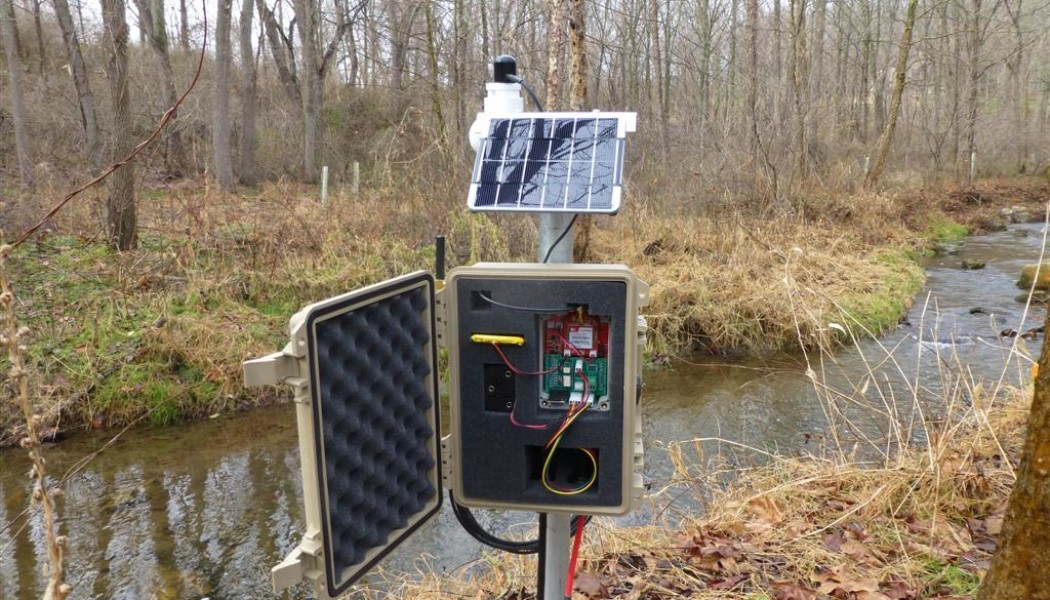 Welcome to EnviroDIY, a community for do-it-yourself environmental science and monitoring. EnviroDIY is part of WikiWatershed, an initiative of Stroud Water Research Center designed to help people advance knowledge and stewardship of fresh water.
Welcome to EnviroDIY, a community for do-it-yourself environmental science and monitoring. EnviroDIY is part of WikiWatershed, an initiative of Stroud Water Research Center designed to help people advance knowledge and stewardship of fresh water. New to EnviroDIY? Start here
Blog
Subscribe to updates!
Don't want to miss the latest EnviroDIY activity? Subscribe to email updates to get new blog and forum posts in your inbox. Choose from a daily or weekly update.
Contributing to EnviroDIY
You've registered as a member ... now what? There are many ways you can help build EnviroDIY. Make a blog post, ask or answer a question on the forum, comment on blog posts, even join an interest group.
DS3231 Real Time Clock (RTC) date conversion
Real Time Clock (RTC) modules like the DS3231 chip (found on the ChronoDot and Seeeduino Stalker v2.3) keep track of the date and time for a datalogger circuit. The module can output the number of seconds since January 1, 2000 as an integer, which can be very handy for recording a time stamp with your sensor data. However, 1/1/2000 is not a common starting point for most epoch calculations. The...[Read More]
White House announces sensor challenge
The White House Office of Science and Technology Policy, along with the EPA, NOAA, National Institute of Standards and Technology (NIST), and USGS, yesterday announced the launch of the Nutrient Sensor Challenge. The stated goal of the challenge is: … to accelerate the development, adoption, and use of affordable, reliable, and accurate nitrate and orthophosphate sensors […] to accele...[Read More]
EnviroDIY.org launched at AGU Meeting
“Having thousands of people watching our environment 24/7 and sharing those observations with the world can transform the way we monitor and protect environmental resources.” — Anthony Aufdenkampe, Ph.D., Stroud Water Research Center An online community for do-it-yourself environmental monitoring enthusiasts will eventually help environmental scientists and planners around the globe better observe...[Read More]
Next generation rugged datalogger
Our Arduino datalogger designs have gone through a few improvements since our original models four years ago. This past year we refined the design even more and have come up with our most rugged and reliable system yet. The datalogger is still based on the Seeeduino Stalker board, which has solar battery charging circuitry, memory card slot, real time clock, and a socket for an XBee radio or ce...[Read More]








